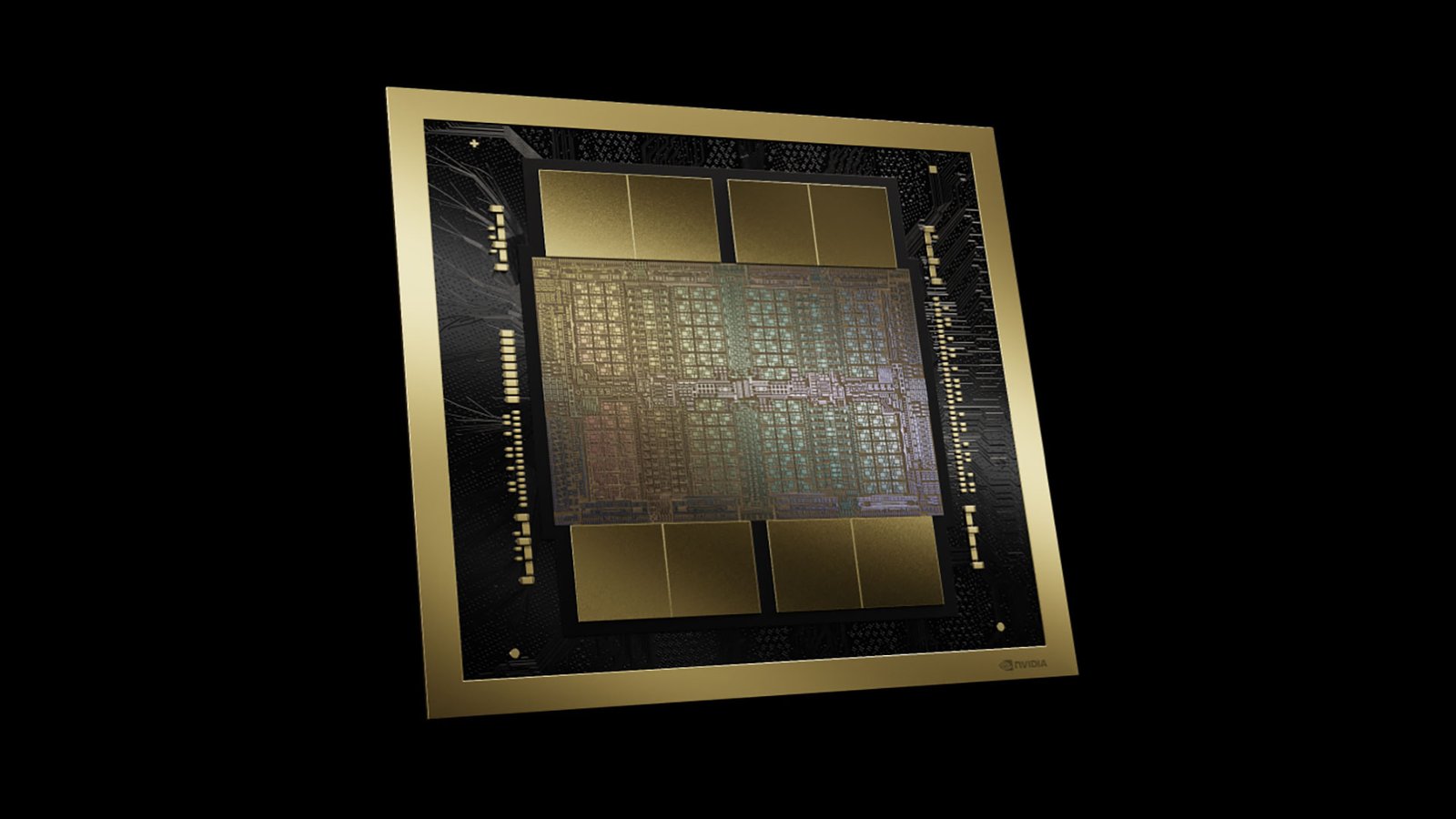The White House plans to allow Nvidia to sell its H20 AI GPUs to China once again, signaling a significant victory for the company after it suffered a $5.5-billion write-off when they were banned for export to China in mid-April. The company confirmed to Tom’s Hardware that “The U.S. government has assured Nvidia that licenses will be granted, and Nvidia hopes to start deliveries soon.”
The company announced the China-specific H20 AI GPUs in late 2023 after Washington banned its most advanced H100 and H200 models for export to China. However, the Biden Administration’s AI diffusion rule, and then more targeted measures from the Trump administration, threatened to ban even these defanged GPUs, which were still quite popular among Chinese customers. Nvidia CEO Jensen Huang reportedly spent $1 million on a dinner with the president to have the plan suspended, but the White House banned their export a week later anyway, a measure affecting both the Nvidia H20 and AMD MI308 AI chips.
Jensen Huang has been vocal against the ban that the U.S. is placing on advanced AI chips, an area dominated by his company. The CEO has said many times that AI chip export control is a failure and that the Chinese military will avoid American tech for its development. Instead of limiting who has access to its technology, he says that it should do the opposite and allow American AI tech to spread far and wide — or else it risks losing the lead to its Chinese competitors like Huawei.
H20 export license approvals resumed a month after the U.S. and China negotiated a preliminary trade deal amid prolonged tariff tensions. Some of the developments between the nations include the resumption of rare earth metal exports to the U.S. in exchange for the lifting of the EDA export control. Nvidia says that CEO Jensen Huang has been flying between Washington, D.C., and Beijing, meeting with officials and policymakers to emphasize “the benefits that AI will bring to business and society worldwide.” It seems that his lobbying between the two parties has been successful with this approval, although we won’t know for sure until the licenses are officially granted. Nvidia will be hopeful it can resume H20 sales without a hitch.
We should note, though, that this doesn’t appear to be a blanket lifting of the ban — instead, it’s just a promise that Washington will start approving export licenses for the H20 GPU. It’s likely for this reason that the company announced the fully compliant Nvidia RTX Pro GPU, which “is ideal for digital twin AI for smart factories and logistics.” The company was also reportedly preparing a cut-down HGX H20 GPU in response to the original ban, which wouldn’t have any sort of restriction placed on it.
Follow Tom’s Hardware on Google News to get our up-to-date news, analysis, and reviews in your feeds. Make sure to click the Follow button.

























